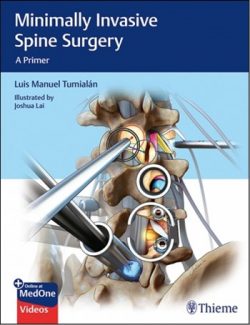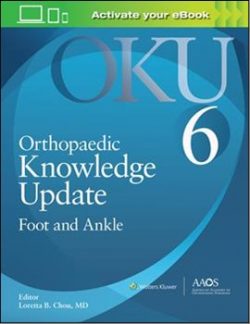This ground-breaking title begins with an introductory overview of the Lower Extremity Gait Systems (LEGS) project, identifying concerns and observations as context for the reader to consider topics and challenges detailed in later chapters. Next are chapters that explore relevant military and civilian needs, and an essential historical context of the capabilities and limitations of contemporary prosthetics. The section concludes with an overview of essential components used in passive and active lower limb prosthetics, including sockets, foot, ankle, and knee systems, as well as emerging bionic systems. A second section considers research and development in orthotics, synthetic and biological materials, volitional control, and wearable robotics (also known as exoskeletons). Finally, expert authors explore advanced science and emerging medical perspectives in research related to limb salvage, osseointegration, limb transplantation, and tissue engineering. Designed for medical practitioners, engineers, students, and researchers who use or develop prosthetic technology for civilian or military amputees, Full Stride: Advancing the State of the Art in Lower Extremity Gait Systems will be of great interest to trauma specialists, orthopedists, rehabilitation specialists, nursing staff and physical therapists, as well as researchers and scientists who specialize in fields that shape and inform advanced prosthetic device development such as materials sciences, engineering (electrical, mechanical, biomedical), robotics, and human physiology. Section I: Past and Present.- The History and Future of LEGS.- Lower Limb Disability: Present Military and Civilian Needs.- Sacrifice, Science, and Support: A History of Modern Prosthetics.- Overview of the Components Used in Active and Passive Lower Limb Prosthetic Devices.- Wearable Robotic Approaches to Lower Extremity Gait Systems.- Orthotic Device Research.- Synthetic and Biological Multi-Functional Smart Materials Applications to Lower Extremity Gait Systems.- Volitional Control Research.- Section II: Next Steps.- Limb Amputation vs. Limb Salvage.- Osseointegration Research.- Lower Extremity Transplantation: Concepts, Challenges, Controversies.- Limb Regrowth and Tissue Engineering Alternatives.
Victoria Tepe, PhD
Senior Scientist/Program Manager
The Geneva Foundation
Tacoma, WA, USA
Charles M. Peterson, MD, MBA, FACP
Research Associate Professor of Chemistry
Syracuse University
Syracuse, NY, USA
President
MarquiSci
Potomac, MD, USA
This ground-breaking title begins with an introductory overview of the Lower Extremity Gait Systems (LEGS) project, identifying concerns and observations as context for the reader to consider topics and challenges detailed in later chapters. Next are chapters that explore relevant military and civilian needs, and an essential historical context of the capabilities and limitations of contemporary prosthetics. The section concludes with an overview of essential components used in passive and active lower limb prosthetics, including sockets, foot, ankle, and knee systems, as well as emerging bionic systems. A second section considers research and development in orthotics, synthetic and biological materials, volitional control, and wearable robotics (also known as exoskeletons). Finally, expert authors explore advanced science and emerging medical perspectives in research related to limb salvage, osseointegration, limb transplantation, and tissue engineering. Designed for medical practitioners, engineers, students, and researchers who use or develop prosthetic technology for civilian or military amputees, Full Stride: Advancing the State of the Art in Lower Extremity Gait Systems will be of great interest to trauma specialists, orthopedists, rehabilitation specialists, nursing staff and physical therapists, as well as researchers and scientists who specialize in fields that shape and inform advanced prosthetic device development such as materials sciences, engineering (electrical, mechanical, biomedical), robotics, and human physiology.
Accompanying volume to first comprehensive text that offers a complete overview of past, present, and future of prosthetic device technology
Accompanying volume to first comprehensive text that offers a complete overview of past, present, and future of prosthetic device technology





